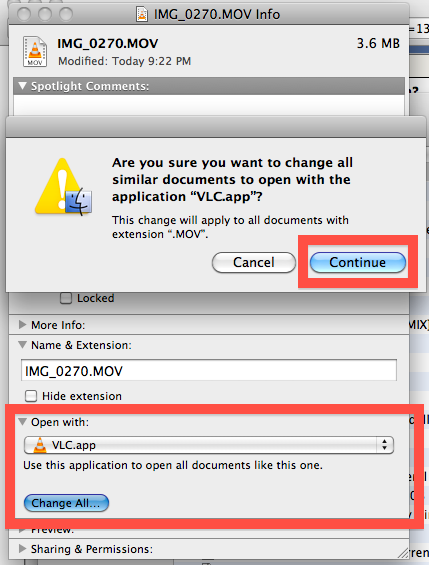

Added a new variable for https connections to the VVX web interface (as this will be the default in VVX 5.1 for the web interface when enabled).Note: scanning directly connected subnets is slow because of ARP wait time), so you should only use it if you reciving "IP NOT IN LYNC DATABASE" for the IP Address of users with the default Lync Database discovery method. This method is slower than the Lync database discovery (it can scan a 254 host range in ~60 seconds or less. The tool will then "ping" the phones to see if they are at each IP in the range. So in version 1.02 a secondary "IP Range discovery" method has been added to discover phones on LAN segments. However, sometimes the Lync database did not have the data in it for every registered phone.

In previous versions the phone manager would discover the IP address of VVX phones from the Lync Server database. Support added for secondary device discovery method.Edit the $script:WebPort = "80" to whatever port your VVXs are using.

In most cases this is about the level of detail you can expect from an end user, because to them the fact that the system voice policy is blocking them from dialling out is the same as their phone having caught fire and exploding while they were out at lunch… The fact is, they can’t make a call, so the phone is “broken”. A simple example of this might be with a VVX phone, when you get a report from a user that their phone is “broken”. One of the first rules of a good centralised management solution is how much information you can get out of a system without having to ask the end user over the phone to tell you something about what they are seeing.


 0 kommentar(er)
0 kommentar(er)
